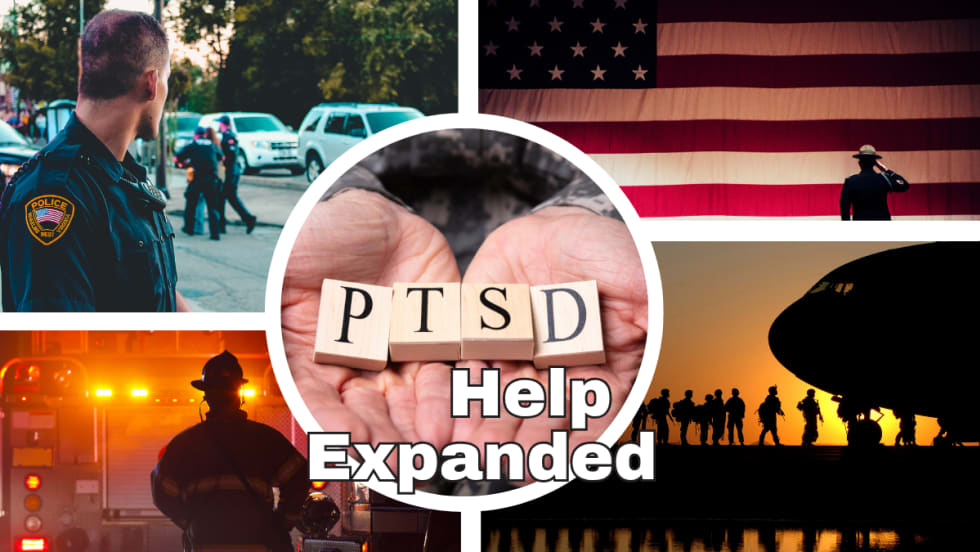California law enforcement leaders have taken a formal stance opposing AB 1389 and told POLICE Magazine they may be able to stomach changes that AB 353 would implement.
Under current California law, officers operating a DUI checkpoint can impound the vehicles of intoxicated, unlicensed, or uninsured drivers. After a vehicle is impounded, it can be held for up to 30 days and, if unclaimed, sold at auction.
Supporters of current law say the AAA Foundation for Traffic Safety's 2000 study, "Unlicensed to Kill," shows that motorists without licenses pose enough of a risk to justify a vehicle seizure.
Vehicle seizures can be a lucrative business for cities, especially Bell, Maywood, Montebello, Escondido, and others. In Bell, the practice has led to corruption, as city leaders pulled in millions each year partially from impound money.
Montebello collected $95,000 last year in impound revenue, and officers didn't perform a field sobriety test at three of the five checkpoints, reports
California Watch
.












